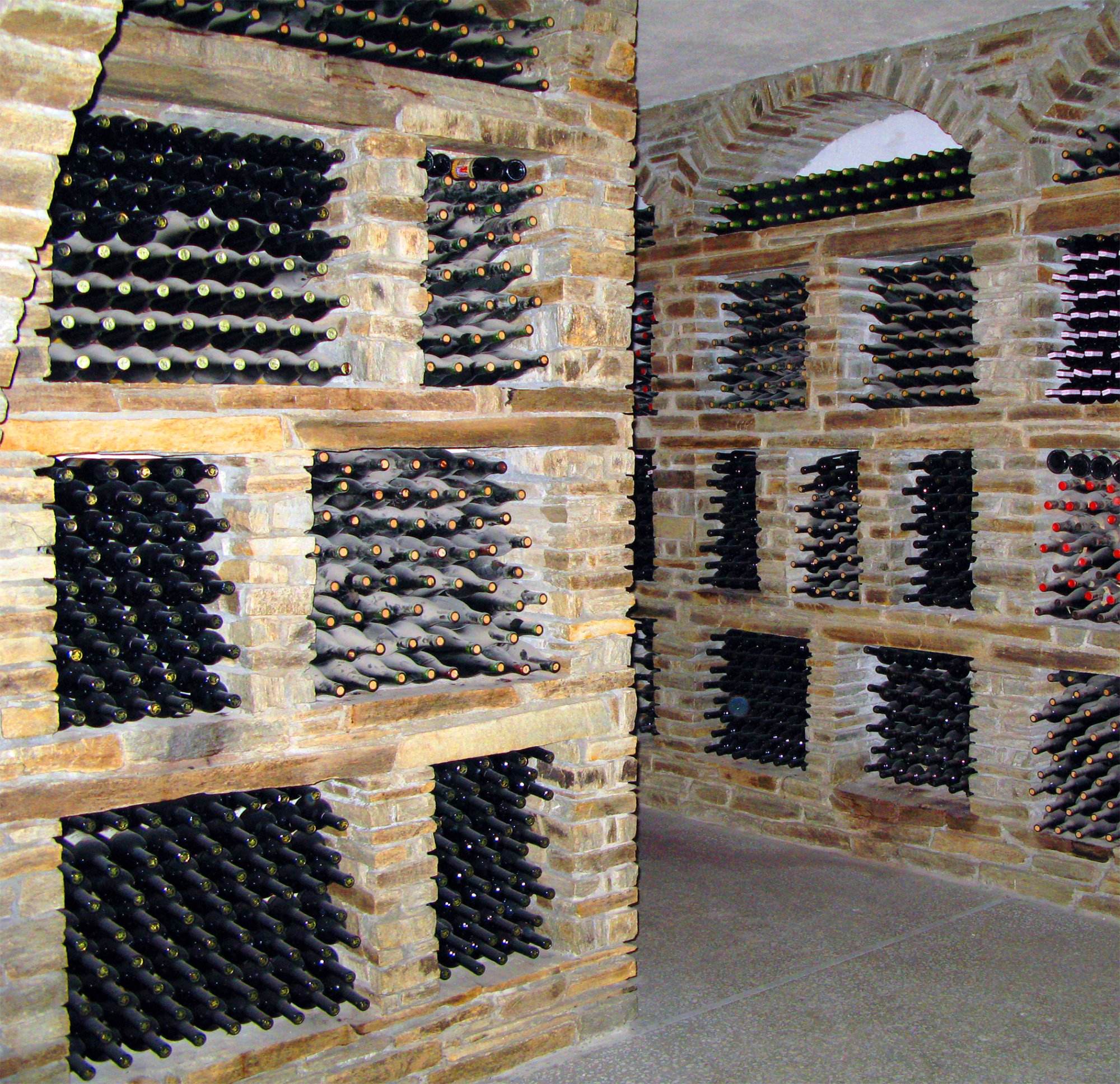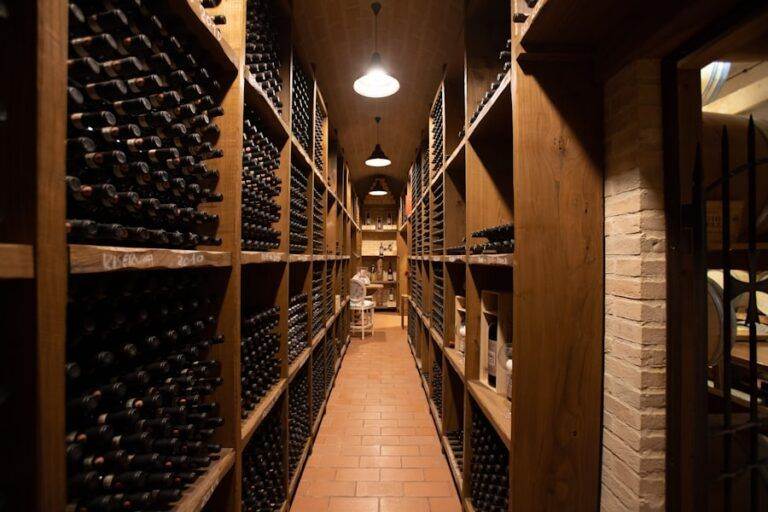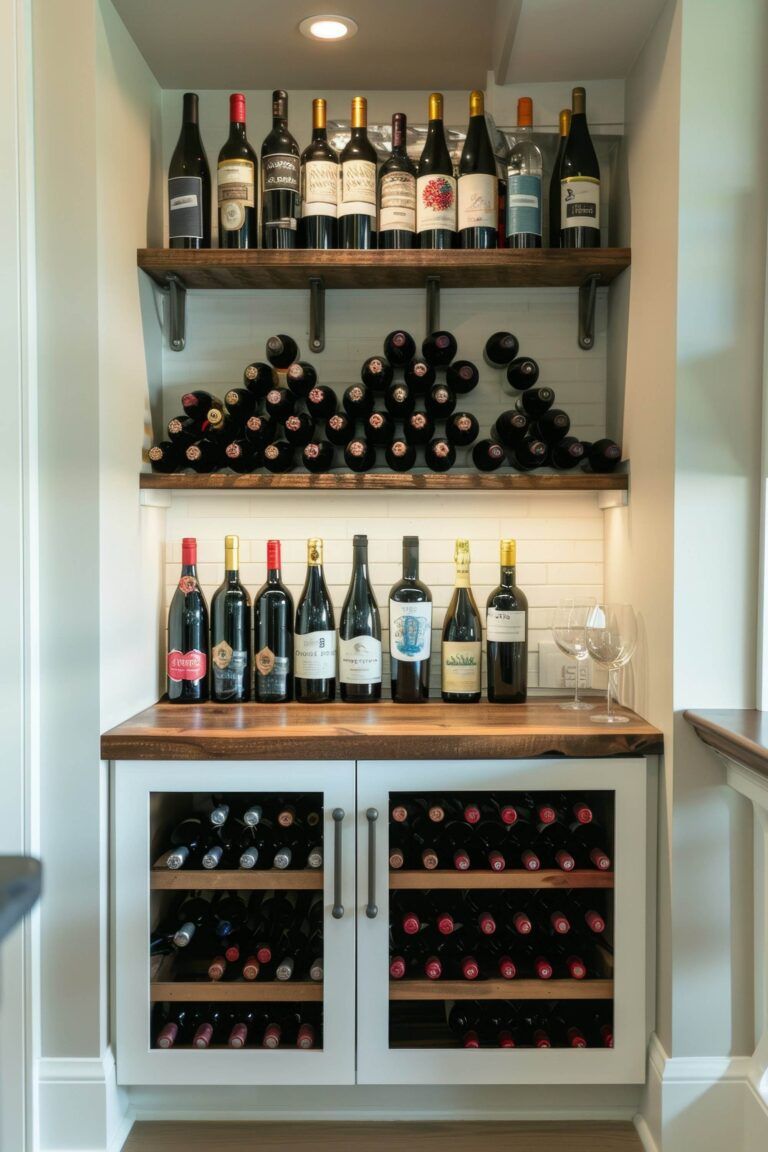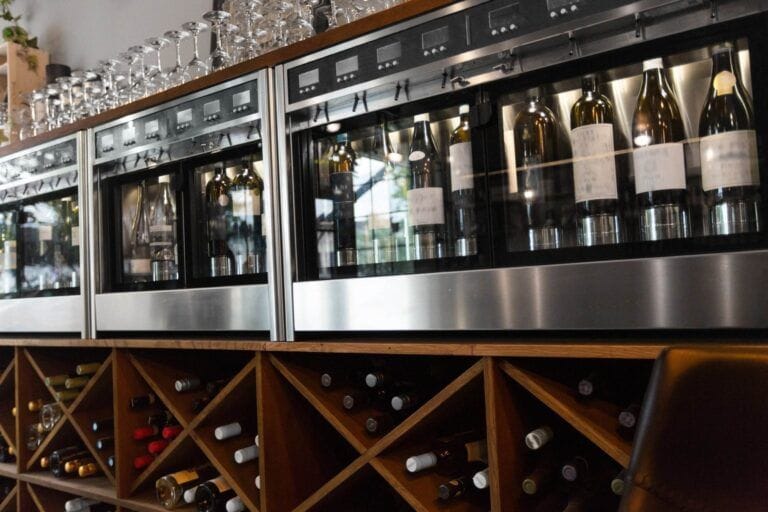Collaborating with Architects: Building the Perfect Walnut Creek Wine Cellar
The role of an architect in wine cellar design is multifaceted and crucial to the successful creation of a space that not only meets aesthetic desires but also fulfills functional requirements. Architects bring a wealth of knowledge and expertise to the table, ensuring that the wine cellar is designed with the proper climate control, structural integrity, and aesthetic appeal. They understand the unique needs of wine storage, including temperature, humidity, and light control, which are essential for preserving the quality of wine.
By integrating these elements into the design, architects help create an environment that enhances the longevity and flavor of your wine collection. Moreover, architects are skilled in spatial planning, which is vital when designing a wine cellar. They consider the layout, flow, and accessibility of the space to ensure that it is both practical and inviting.
This involves selecting the right location within your home, determining the optimal size for your collection, and incorporating features such as custom wine racks and cooling systems. An architect’s ability to visualize the final product allows them to create a cohesive design that harmonizes with the overall style of your home while catering to your specific wine storage needs.
Key Takeaways
- An architect plays a crucial role in wine cellar design, ensuring functionality, aesthetics, and compliance with regulations.
- When choosing an architect for your Walnut Creek wine cellar project, consider their experience, portfolio, and understanding of your specific needs.
- Collaborating with an architect allows for a customized wine cellar design that reflects your personal style and storage requirements.
- Incorporating sustainable and energy-efficient features in your wine cellar design can save costs and reduce environmental impact.
- Working with an architect helps maximize space and functionality in your wine cellar, optimizing storage and usability.
Choosing the Right Architect for Your Walnut Creek Wine Cellar Project
Selecting the right architect for your Walnut Creek wine cellar project is a critical step that can significantly influence the outcome of your design. It is essential to look for an architect who specializes in residential projects and has experience specifically in designing wine cellars. This specialization ensures that they are familiar with the unique requirements and challenges associated with wine storage.
A well-chosen architect will not only understand the technical aspects of climate control and structural design but will also appreciate the aesthetic nuances that make a wine cellar truly special. When evaluating potential architects, consider their portfolio and past projects. Look for examples of wine cellars they have designed, paying attention to their creativity, attention to detail, and ability to blend functionality with beauty.
Additionally, client testimonials can provide insight into their working style and how well they communicate throughout the design process. A good architect should be open to collaboration, willing to listen to your ideas, and able to translate your vision into a practical design that meets your needs.
Collaborating with an Architect to Create a Customized Wine Cellar Design
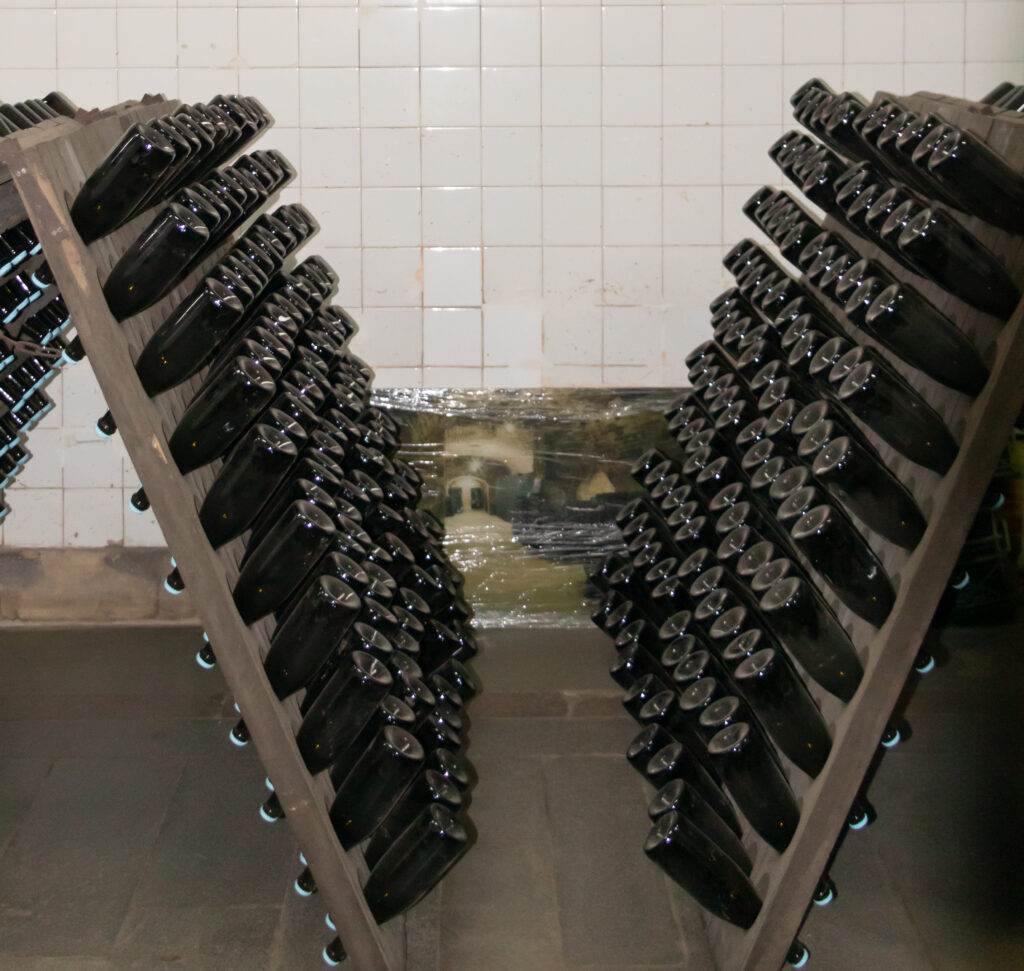
Collaboration with an architect is key to creating a customized wine cellar design that reflects your personal style and meets your specific requirements. The process typically begins with an initial consultation where you can share your vision, preferences, and any specific features you desire in your wine cellar. This dialogue is essential for establishing a clear understanding of your goals and expectations.
An experienced architect will ask probing questions to uncover your needs, such as how many bottles you plan to store, whether you want a tasting area, or if you require additional storage for wine accessories. As the design process unfolds, architects will present various concepts and layouts based on your input. This iterative process allows for adjustments and refinements until the final design aligns perfectly with your vision.
Architects often use advanced design software to create 3D renderings of the proposed space, enabling you to visualize how different elements will come together. This collaborative approach not only ensures that your wine cellar is tailored to your preferences but also fosters a sense of ownership in the design process.
Incorporating Sustainable and Energy-Efficient Features in Your Wine Cellar Design
In today’s environmentally conscious world, incorporating sustainable and energy-efficient features into your wine cellar design is more important than ever. An architect can guide you in selecting materials and systems that minimize environmental impact while maintaining optimal conditions for wine storage. For instance, energy-efficient cooling systems can be integrated into the design to regulate temperature without excessive energy consumption.
These systems are designed to maintain consistent conditions while using less power, which is beneficial for both the environment and your utility bills. Additionally, architects can recommend sustainable materials for construction and finishes. Options such as reclaimed wood for wine racks or eco-friendly insulation can enhance the sustainability of your wine cellar while adding character and charm.
Natural ventilation systems can also be incorporated to reduce reliance on mechanical cooling, allowing fresh air to circulate while maintaining humidity levels. By prioritizing sustainability in your design, you not only create a beautiful space for your wine collection but also contribute positively to the environment.
Maximizing Space and Functionality with the Help of an Architect
Maximizing space and functionality is a primary concern when designing a wine cellar, especially in homes where square footage may be limited. An architect’s expertise in spatial planning can help you make the most of every inch available. They can suggest innovative storage solutions such as custom wine racks that utilize vertical space or modular shelving that can be adjusted as your collection grows.
By carefully considering the layout, an architect can create a functional flow that allows easy access to your wines while maintaining an organized appearance. Furthermore, architects can incorporate multi-functional elements into your wine cellar design. For example, they might suggest integrating a tasting area or a small bar within the cellar itself, allowing you to enjoy your collection in a dedicated space.
This not only enhances the functionality of the cellar but also creates an inviting atmosphere for entertaining guests. By working closely with an architect, you can ensure that your wine cellar is not just a storage area but a well-designed space that serves multiple purposes.
Selecting the Best Materials and Finishes for Your Walnut Creek Wine Cellar

The selection of materials and finishes plays a significant role in both the functionality and aesthetics of your Walnut Creek wine cellar. An architect can provide valuable insights into which materials are best suited for wine storage environments. For instance, wood is often favored for wine racks due to its natural insulating properties and ability to absorb moisture.
However, not all woods are created equal; some are more resistant to mold and decay than others. An architect can guide you in choosing durable materials that will withstand the test of time while complementing your overall design. In addition to wood, other materials such as stone or metal can be incorporated into your wine cellar design for added visual interest.
Stone walls can create a rustic ambiance, while metal accents can lend a modern touch. The choice of finishes—such as paint colors or stains—also contributes significantly to the overall look of the space. An architect will help you select finishes that not only enhance the beauty of your wine cellar but also align with your personal style and the existing decor of your home.
Balancing Aesthetics and Functionality in Your Wine Cellar Design
Achieving a balance between aesthetics and functionality is one of the most challenging yet rewarding aspects of designing a wine cellar. An architect plays a pivotal role in ensuring that both elements are harmoniously integrated into the final design. While it is essential for a wine cellar to serve its primary purpose—storing wine at optimal conditions—it should also be visually appealing and reflect your personal taste.
This balance can be achieved through thoughtful design choices that prioritize both form and function. For example, custom wine racks can be designed not only for efficient storage but also as artistic focal points within the cellar. The use of lighting can further enhance this balance; strategically placed LED lights can illuminate your collection while creating an inviting atmosphere for entertaining guests.
An architect will work closely with you to identify key design elements that resonate with your aesthetic preferences while ensuring that practical considerations—such as accessibility and climate control—are not compromised.
Navigating Permits and Regulations with the Assistance of an Architect

Navigating permits and regulations is often one of the more complex aspects of any home renovation project, including wine cellar design. Fortunately, an experienced architect can provide invaluable assistance in this area. They are well-versed in local building codes and regulations specific to Walnut Creek, ensuring that your project complies with all necessary requirements.
This knowledge helps streamline the permitting process, reducing potential delays or complications down the line. Additionally, architects can help prepare detailed plans and documentation required for permit applications. Their expertise ensures that all aspects of the design meet safety standards while adhering to zoning laws.
By entrusting this responsibility to an architect, you can focus on other aspects of your project with peace of mind, knowing that all regulatory requirements are being handled professionally. Ultimately, this collaboration not only simplifies the process but also contributes to a successful outcome for your custom wine cellar project. In conclusion, engaging an architect for your Walnut Creek wine cellar project is an investment in quality design that pays off in both functionality and aesthetics.
From understanding their role in creating a customized space to navigating permits and regulations, architects bring expertise that enhances every aspect of the design process. By collaborating closely with an architect, you can create a stunning wine cellar that reflects your personal style while providing optimal conditions for storing and enjoying your cherished collection.
FAQs
What are the benefits of collaborating with architects for building a wine cellar?
Collaborating with architects for building a wine cellar ensures that the design and construction process is well-planned and executed, taking into consideration factors such as space utilization, climate control, and aesthetic appeal.
How can architects help in designing a wine cellar in Walnut Creek?
Architects can help in designing a wine cellar in Walnut Creek by understanding the specific needs and preferences of the client, considering the local climate and building regulations, and creating a functional and visually appealing space for storing and displaying wine.
What should one consider when collaborating with architects for a wine cellar project?
When collaborating with architects for a wine cellar project, it is important to consider factors such as budget, timeline, desired features, and any specific requirements for the storage and display of wine bottles.
What are some key considerations for building a wine cellar in Walnut Creek?
Key considerations for building a wine cellar in Walnut Creek include climate control to protect the wine from temperature fluctuations, proper insulation, ventilation, and lighting, as well as compliance with local building codes and regulations.
How can architects help in maximizing space in a wine cellar?
Architects can help in maximizing space in a wine cellar by utilizing efficient storage solutions, such as custom wine racks and shelving, and by designing the layout to optimize the available space for both storage and aesthetic purposes.

